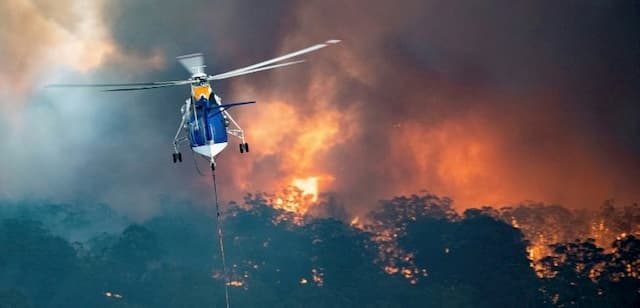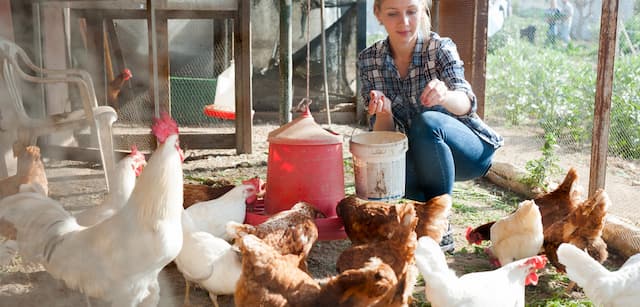Fires in Australia: Thousands of People Trapped on Beaches

Australia has been in flames since September, but rising temperatures and strong winds have fueled them.
Thousands of people were forced Tuesday 31st December 2019 to find refuge on the beaches of southeast Australia to escape the violent fires that ravage this very tourist region.
Some 4,000 vacationers and residents found themselves trapped on the sea leash of the seaside town of Mallacoota.
On a coastal strip of about 200 kilometres, many people had no choice but to go to the beaches to escape the fires that surround this coastal city.
Seven people missing
Some residents have fled offshore aboard their boats, trying to escape one of the worst days ever recorded since the start of these devastating fires in September.
Dozens of property have been destroyed since Monday and at least seven people are missing in the states of New South Wales and Victoria, located in south-eastern Australia.
In some areas, the fires are so intense, the smoke so thick and the fires caused by lightning so violent that the aerial reconnaissance and the interventions of water bombers had to be interrupted, said the firefighters in charge of rural areas. New South Wales.
In Mallacoota, plunged into darkness, the authorities explained that these fires were the result of severe thunderstorms and “embers”.
4000 people on the beach
“A fire appears to be on the verge of hitting Mallacoota,” Commissioner Victoria Crisp, in charge of emergency services for the State of Victoria, told ABC television.
Firefighters were deployed to protect those trapped.
In recent days, the authorities have continued to alert the 30,000 tourists who have come to spend their summer holidays in the region, inciting them to leave this area which is one of the hundreds currently ravaged by fires across the immense island continent.
“We have three response teams in Mallacoota who will take care of the 4,000 people on the beach there,” said Crisp, who said he was “very worried about this group who finds themselves isolated.”
Preparations are said to be underway for evacuation by sea or land, if necessary.
The ocean as a last resort
On social networks, residents claimed to have preventively put on life jackets in case they were forced to take refuge in the water to escape the flames.
In some regions ravaged by fire, temperatures can reach hundreds of degrees, killing anyone nearby before the flames even reach them.
The ocean is “their last resort,” according to the Victoria State Emergency Services.
Local radio reporter Francesca Winterson described how she saw the fire approaching the city and her home as she tried to broadcast alert messages amid a power outage .
“I would rather be alive than have a house,” she said on ABC Gippsland radio.
Unprecedented fires have ravaged Australia since September, but since Monday, rising temperatures and strong winds have fueled them.
Sydney in a toxic cloud
They have approached cities like Sydney and Melbourne, which have several million inhabitants.
On Monday, around 100,000 people had to flee five suburbs of Melbourne due to the advance of the fires.
A volunteer firefighter died and two others were burned while working in New South Wales.
In total eleven people have died since the start in September of the fires which destroyed a thousand houses and more than three million hectares, an area larger than Belgium.
Australia is used to forest fires in the southern summer, but this year was particularly early and violent due to an extended dry spell. Scientists point to the consequences of global warming.

47°C
On Monday in Western Australia, temperatures reached 47 ° C. They have exceeded 40 ° C throughout the territory.
Conservative Prime Minister Scott Morrison belatedly admitted a link between these fires and climate change but refused to reverse his policy favourable to the coal mining industry.
Sydney was enveloped on Tuesday in a thick cloud of toxic smoke linked to the fires.
The municipal authorities have however decided to maintain the New Year’s fireworks which have been cancelled in Canberra and in various cities.
Enjoyed this? Get the week’s top France stories
One email every Sunday. Unsubscribe anytime.


